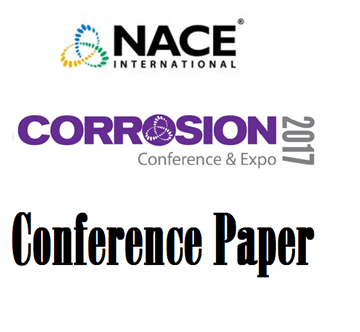Search
51312-01319-Electrochemical Behavior of Passive Film Formed on Ni-Cr-Mo Alloy 625 in Neutral Sodium Chloride Sol
Also Purchased
Corrosion of Nickel Alloys in Elevated Temperature Sour Gas Environments
Product Number:
51317--9135-SG
ISBN:
9135 2017 CP
Publication Date:
2017
$20.00
00182 COMPARISON OF THE CREVICE CORROSION RESISTANCE OF ALLOYS 625 AND 22 IN CONCENTRATED CHLORIDE SOLUTION FROM 60 TO 95°C
Product Number:
51300-00182-SG
ISBN:
00182 2000 CP
$20.00
02213 THE INFLUENCE OF ENVIRONMENTAL FACTORS ON THE CREVICE CORROSION OF ALLOY 625 IN NATURAL SEAWATER
Product Number:
51300-02213-SG
ISBN:
02213 2002 CP
$20.00




